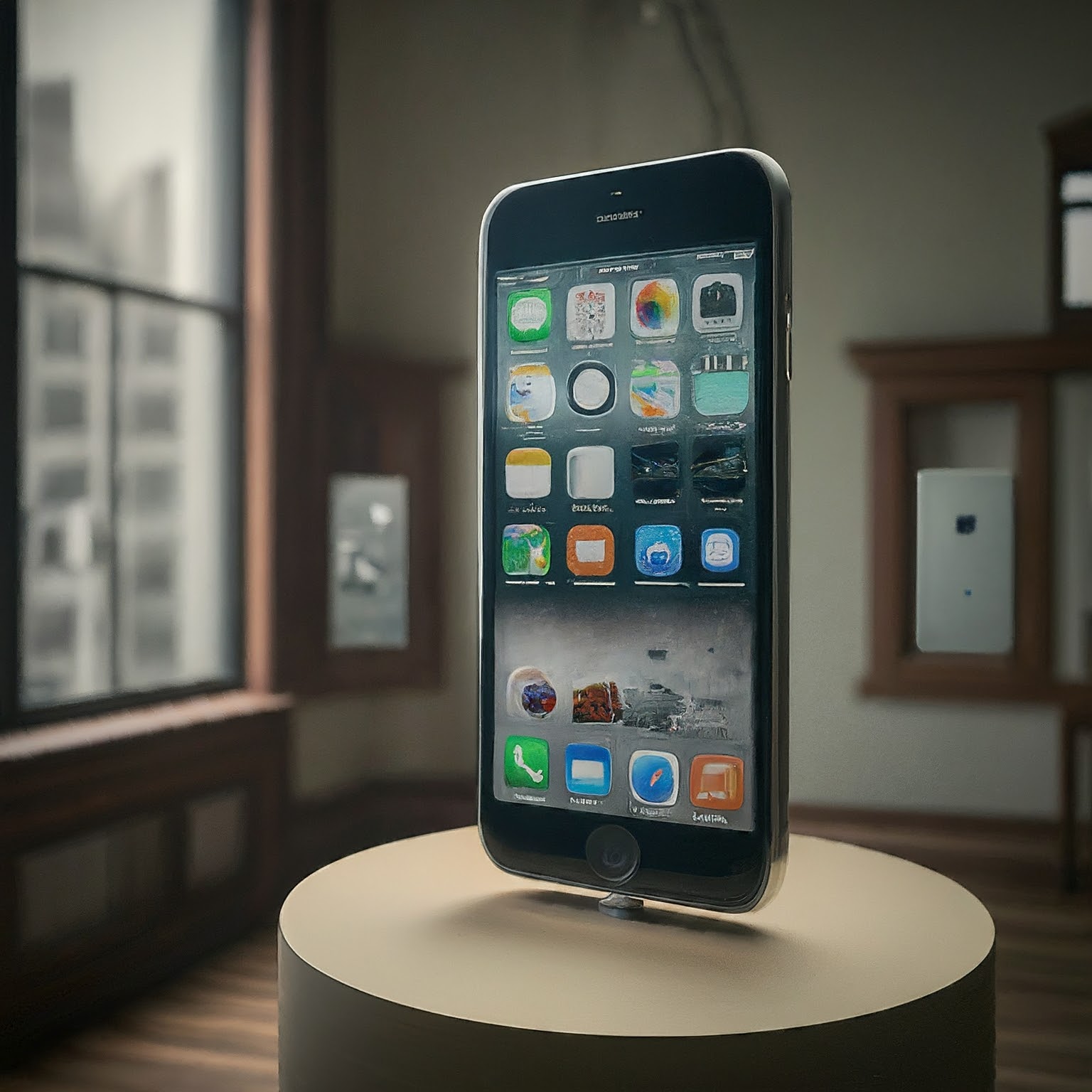The iPhone has become more than just a phone; it’s a cultural phenomenon, a technological marvel, and a key player in the evolution of mobile technology. From its revolutionary debut in 2007 to the cutting-edge devices we see today, the evolution of iPhone has been a testament to Apple’s innovation and the ever-growing demands of users worldwide. In this blog post, we’ll explore the fascinating journey of the iPhone’s evolution, examining how each iteration has shaped our digital lives and set new benchmarks for the smartphone industry.
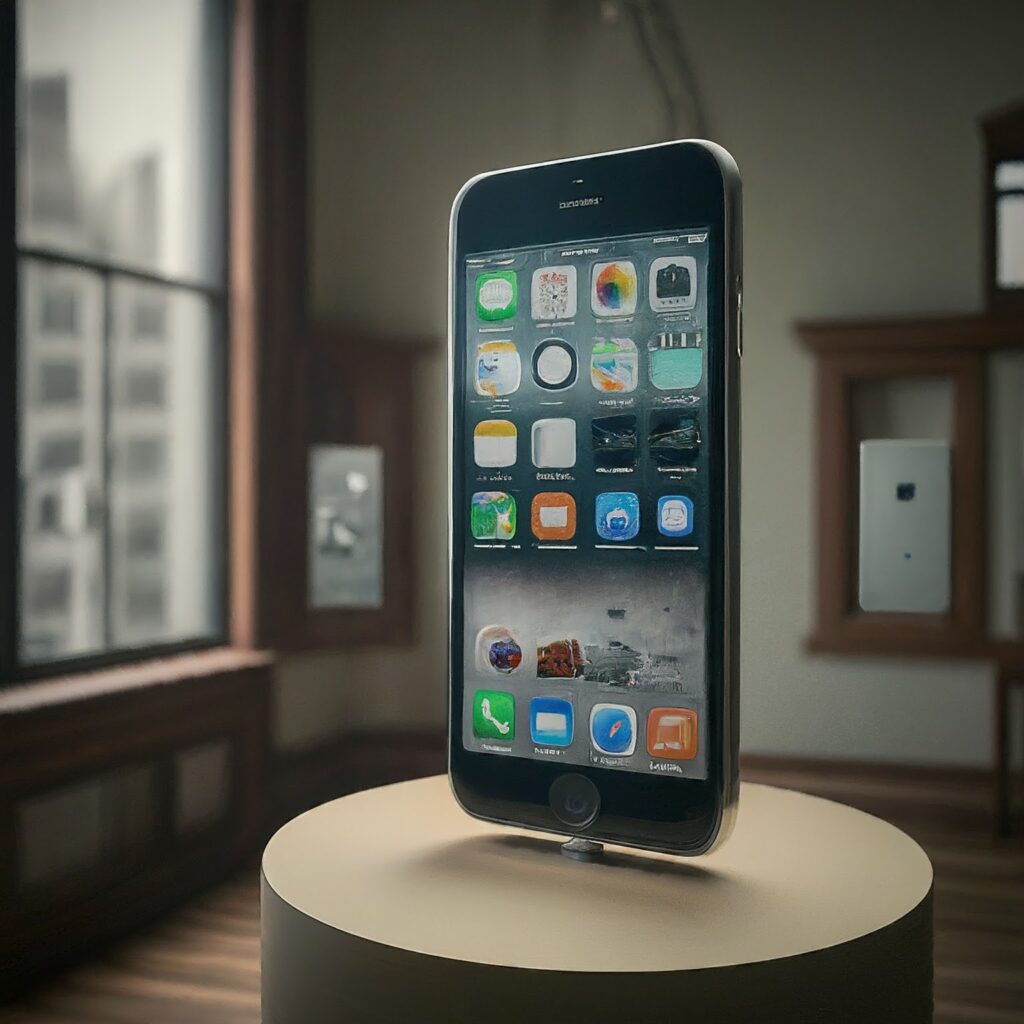
Table of Contents
The Birth of a Revolution: The First iPhone
The Initial Release
The story of the evolution of iPhone begins in June 2007, when Steve Jobs introduced the first iPhone. This device was not just a phone; it was a game-changer that combined a phone, an iPod, and an internet communicator into a single device. The original iPhone featured a 3.5-inch display, a 2-megapixel camera, and a unique touch interface that was revolutionary at the time.
The Impact on the Mobile Market
The first iPhone’s release marked the beginning of a new era in mobile technology. With its intuitive touch interface, sleek design, and seamless integration with Apple’s ecosystem, the iPhone set a new standard for smartphones. The evolution of iPhone began with this initial model, which paved the way for future innovations and established Apple as a leader in the tech industry.
The Evolution of iPhone: A Look at Subsequent Generations
iPhone 3G and 3GS: Expanding Horizons
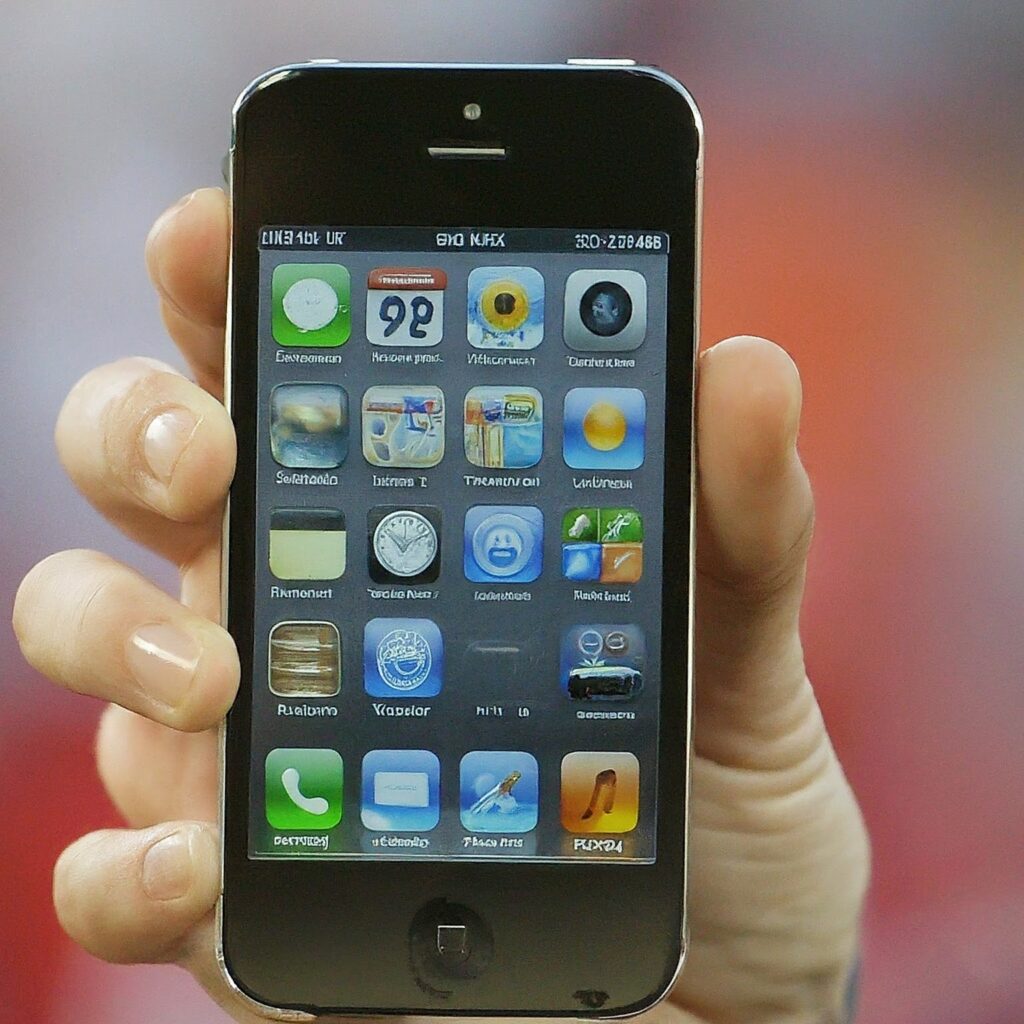
Released in 2008, the iPhone 3G introduced 3G connectivity, enabling faster data speeds and improved internet performance. This model also marked the debut of the App Store, which revolutionized how users interacted with their devices and sparked a surge in mobile application development.
The iPhone 3GS, launched in 2009, built upon its predecessor with improved performance, a 3-megapixel camera, and video recording capabilities. The evolution of iPhone during this period showcased Apple’s commitment to enhancing user experience and expanding the device’s functionality.
iPhone 4 and 4S: A New Design Language
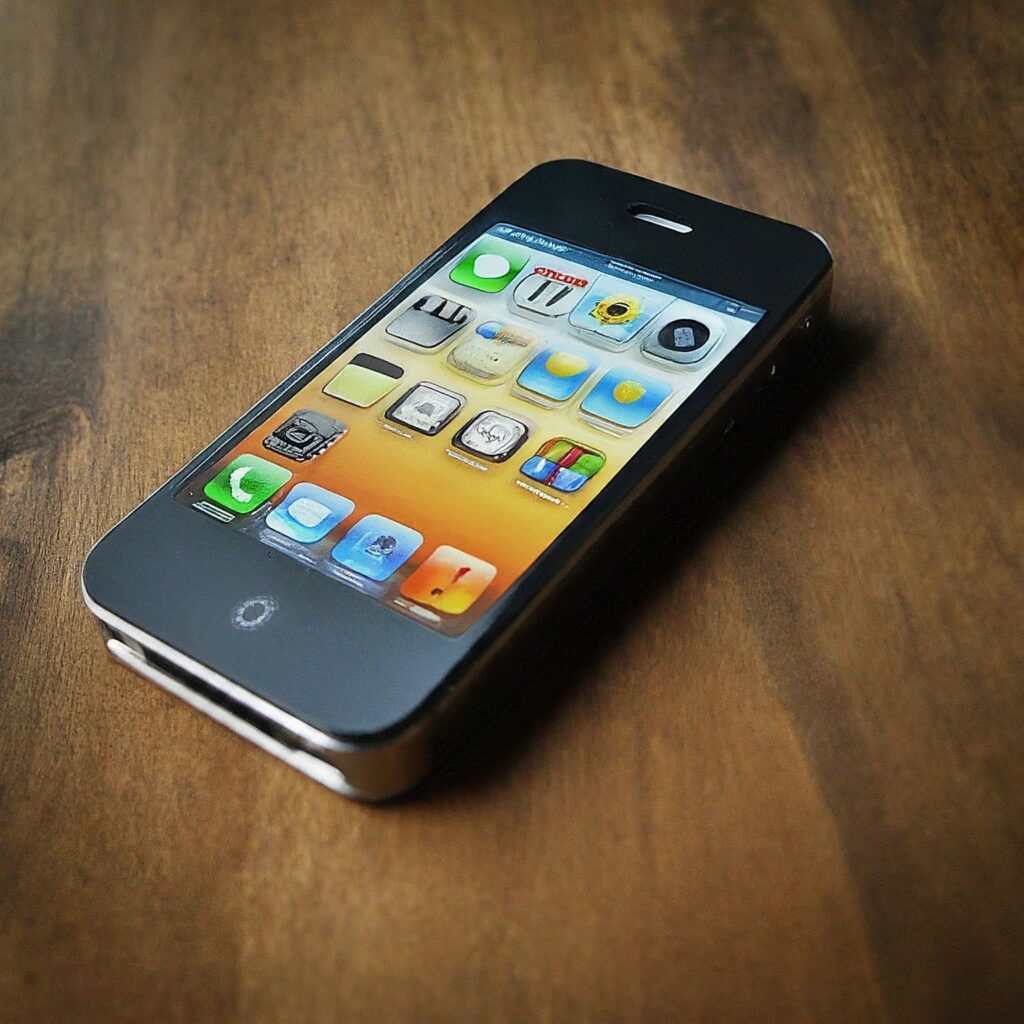
The iPhone 4, released in 2010, was a major leap forward in terms of design and technology. With its high-resolution Retina display, front-facing camera, and a sleek glass and stainless steel design, the iPhone 4 set a new benchmark for smartphone aesthetics. The introduction of FaceTime and the improved camera capabilities further highlighted the evolution of iPhone during this era.
The iPhone 4S, launched in 2011, brought the revolutionary Siri voice assistant to the forefront. This marked a significant step in the evolution of iPhone, showcasing Apple’s focus on integrating artificial intelligence and voice recognition technology into its devices.
iPhone 5, 5S, and 5C: Embracing Change
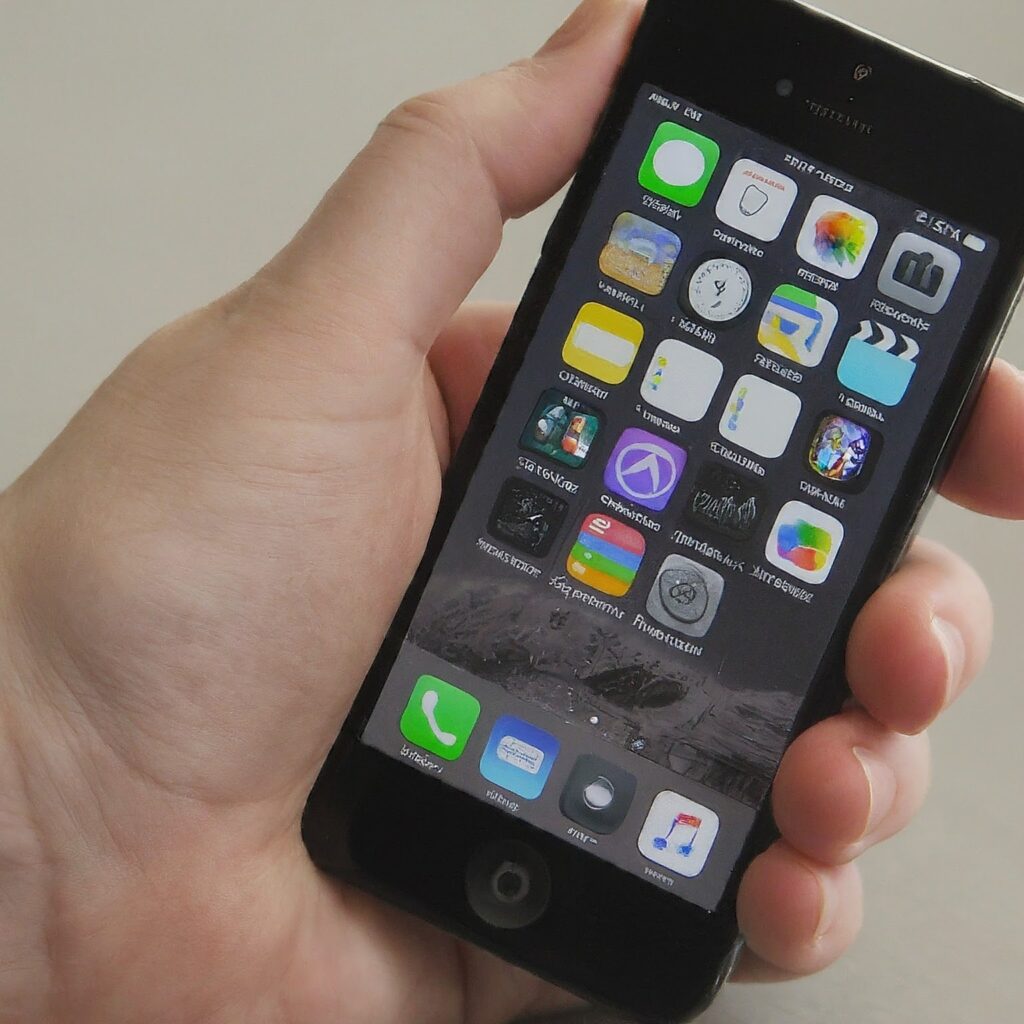
The iPhone 5, introduced in 2012, featured a larger 4-inch display, LTE connectivity, and a lighter, slimmer design. This model continued the evolution of iPhone with improvements in performance and design, catering to the growing demands of users.
The iPhone 5S, released in 2013, brought the Touch ID fingerprint sensor, which added a new layer of security and convenience. The introduction of the 64-bit A7 chip also marked a significant milestone in the evolution of iPhone, setting the stage for more powerful and efficient devices.
The iPhone 5C, launched alongside the 5S, offered a more affordable alternative with a colorful plastic casing. This model demonstrated Apple’s strategy of catering to different market segments while maintaining its innovative edge.
iPhone 6 and 6S: A Larger Screen and Enhanced Performance
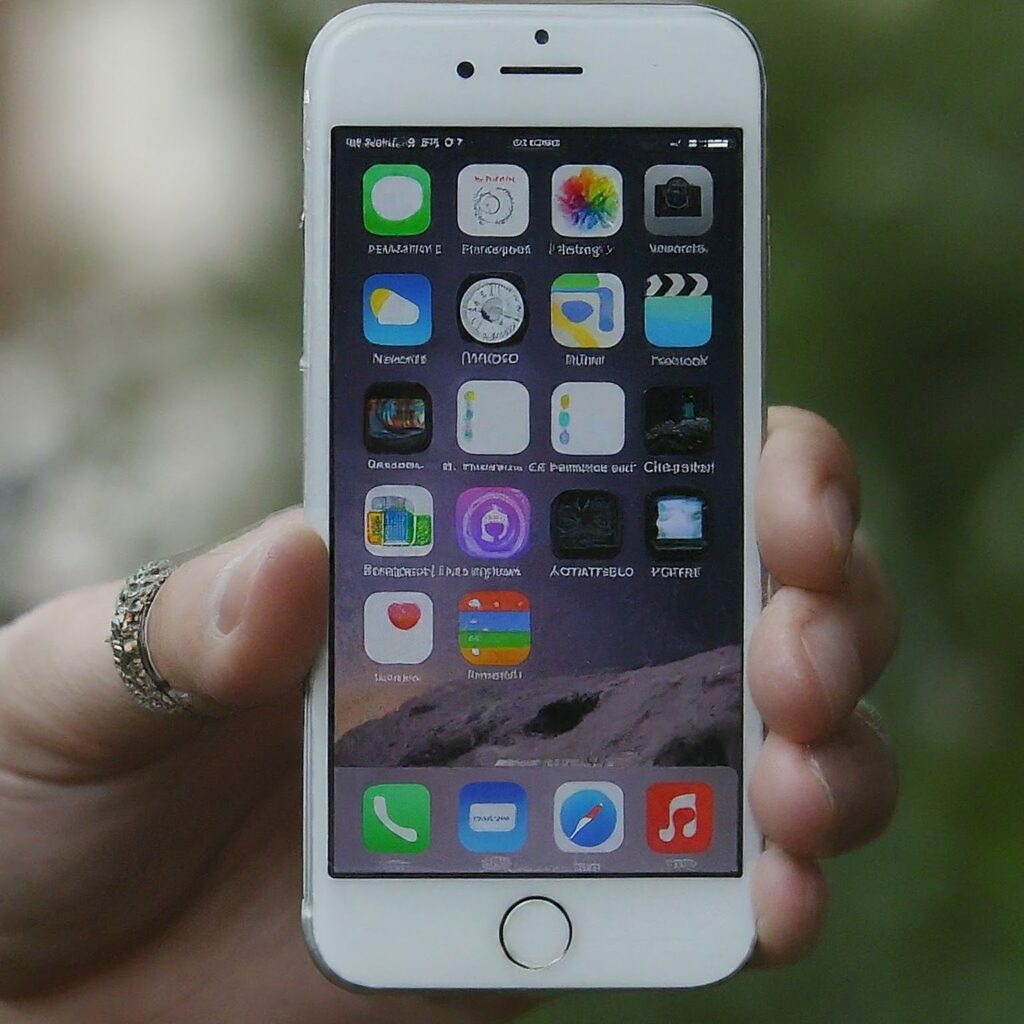
The iPhone 6, introduced in 2014, featured a larger 4.7-inch display, offering a more immersive viewing experience. The iPhone 6 Plus, with its 5.5-inch screen, further embraced the trend of larger smartphones. The evolution of iPhone during this period focused on enhancing user experience through bigger screens and improved performance.
The iPhone 6S, released in 2015, introduced 3D Touch technology, allowing users to interact with their devices in new ways. The improved camera capabilities and performance enhancements continued the evolution of iPhone, setting new standards for smartphone technology.
iPhone 7 and 7 Plus: Redefining Innovation
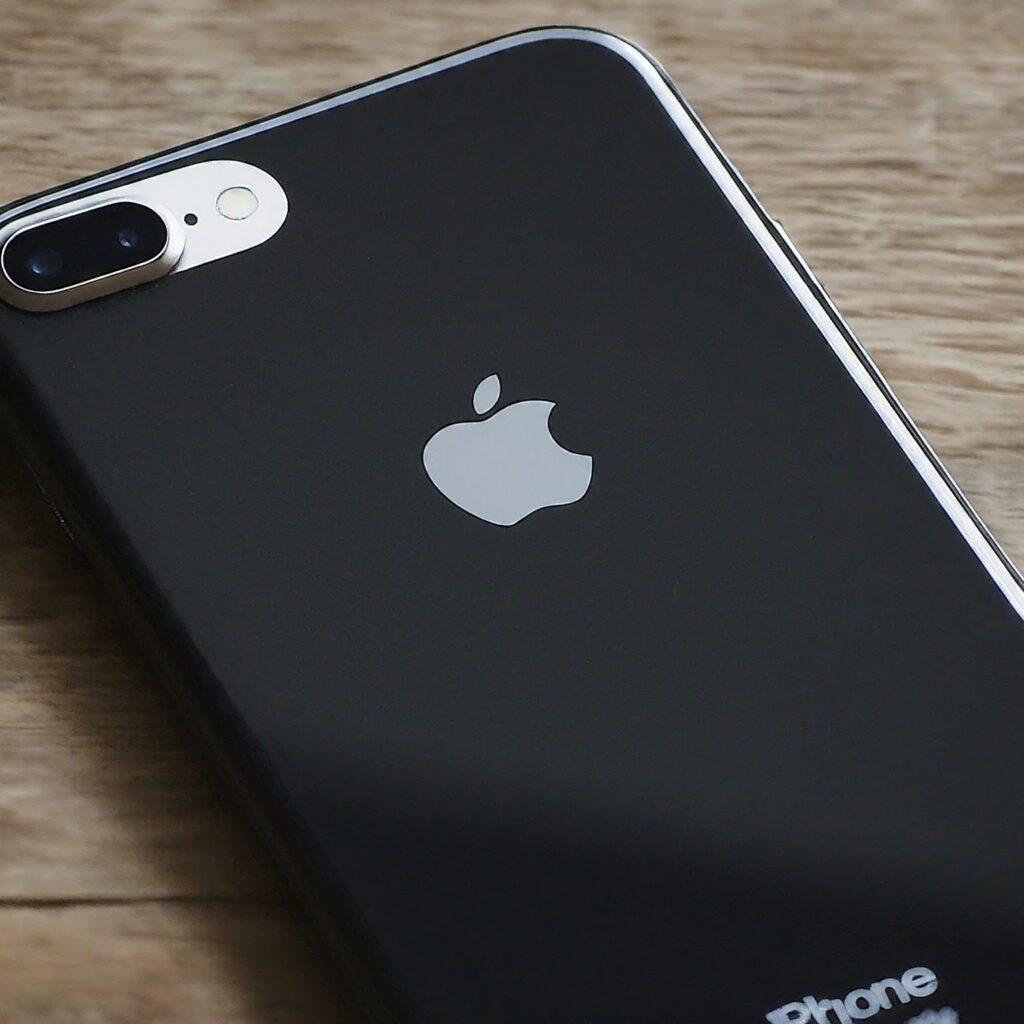
The iPhone 7, launched in 2016, marked a departure from the traditional headphone jack, embracing wireless audio and improved water resistance. The iPhone 7 Plus introduced dual-camera capabilities, enabling users to capture high-quality photos with enhanced depth and clarity.
These advancements highlighted the evolution of iPhone as Apple continued to push the boundaries of smartphone technology, focusing on features that enhanced user experience and convenience.
iPhone X and XR: A New Era of Design
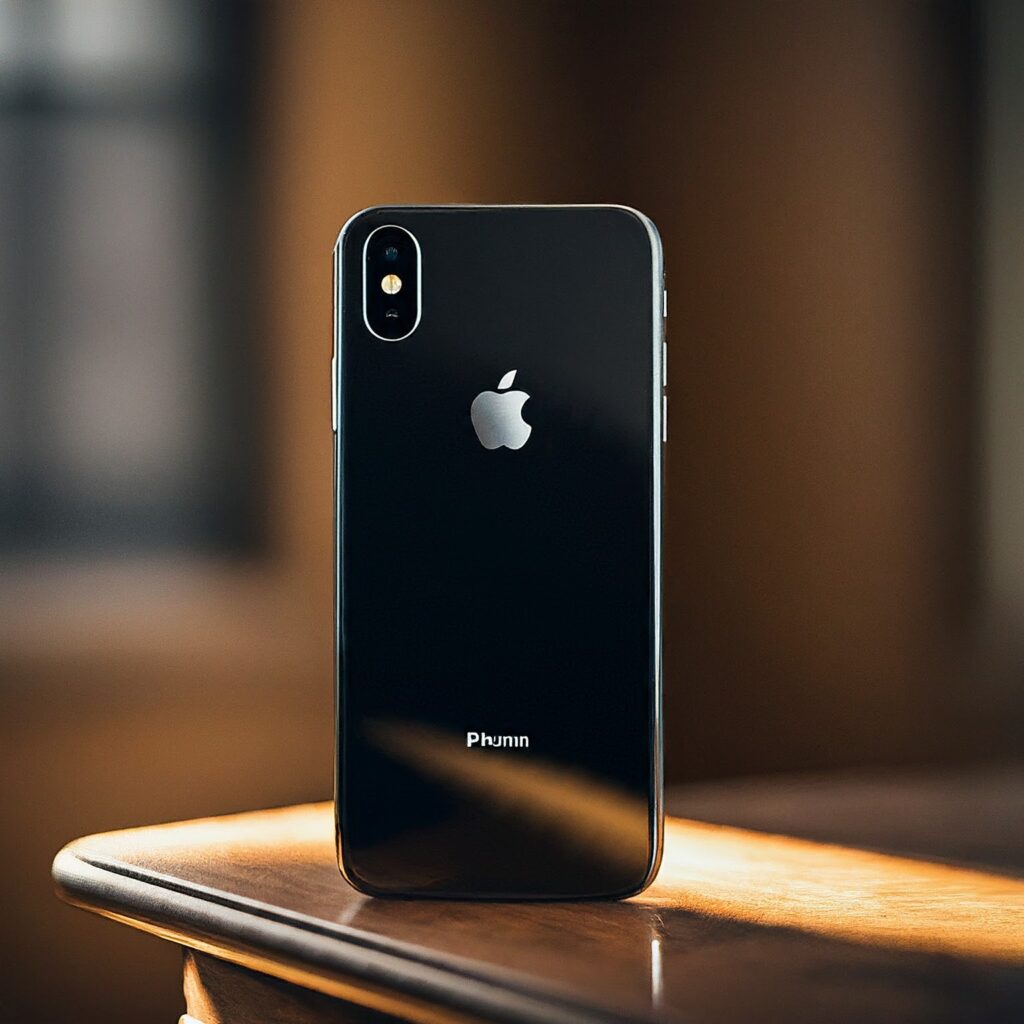
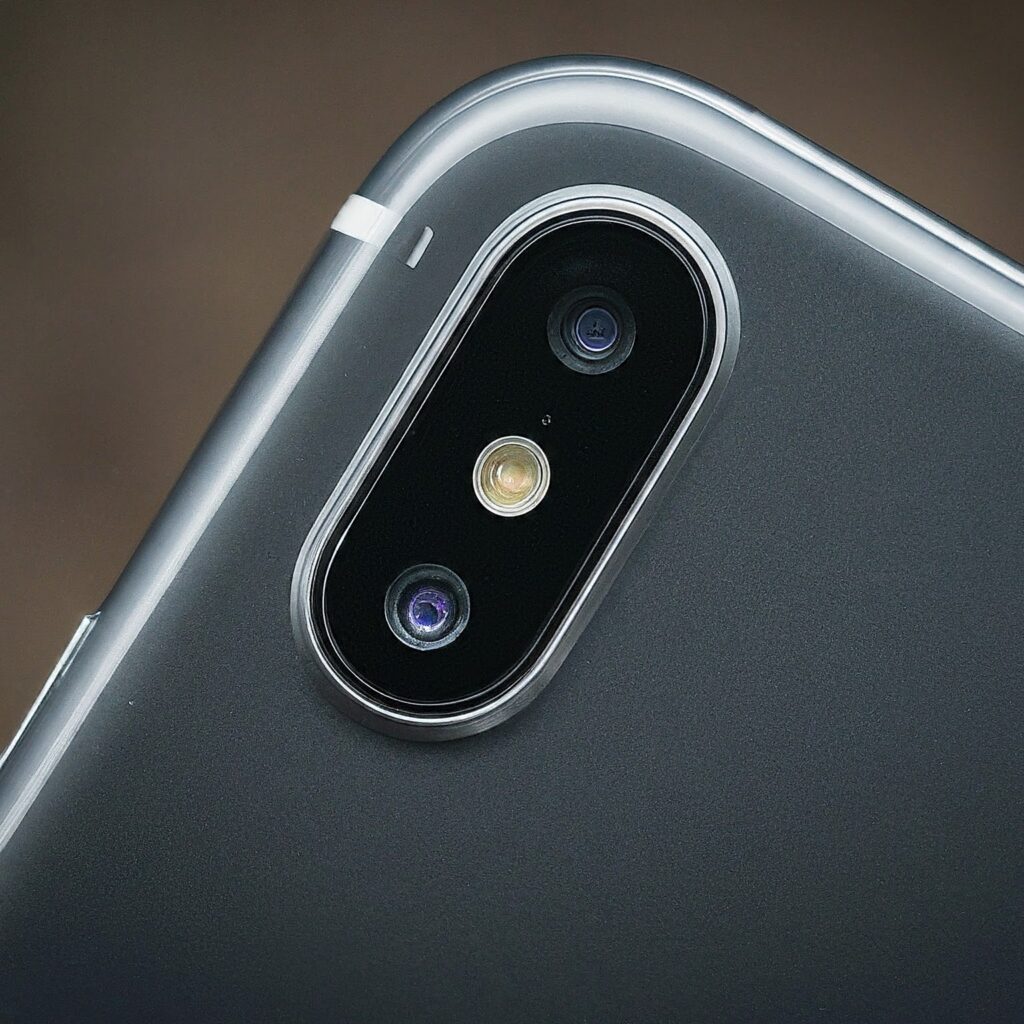
The iPhone X, introduced in 2017, celebrated the 10th anniversary of the iPhone with a complete redesign. Featuring a 5.8-inch Super Retina display, Face ID, and a nearly bezel-less design, the iPhone X represented a major shift in the evolution of iPhone. The focus on facial recognition technology and a new design language set the stage for future innovations.
The iPhone XR, released alongside the iPhone X, offered a more affordable alternative with a Liquid Retina display and vibrant color options. This model demonstrated Apple’s approach to catering to different user preferences while maintaining high-quality features.
iPhone 11, 11 Pro, and 11 Pro Max: Advancing Camera Technology

The iPhone 11 series, launched in 2019, introduced significant advancements in camera technology. The iPhone 11 featured a dual-camera system with ultra-wide and wide lenses, while the iPhone 11 Pro and 11 Pro Max offered a triple-camera system with improved low-light performance and computational photography capabilities.
The evolution of iPhone during this period showcased Apple’s commitment to pushing the boundaries of mobile photography, delivering devices that catered to the growing demands of users for high-quality imaging.
iPhone 12, 12 Mini, 12 Pro, and 12 Pro Max: Embracing 5G and New Designs
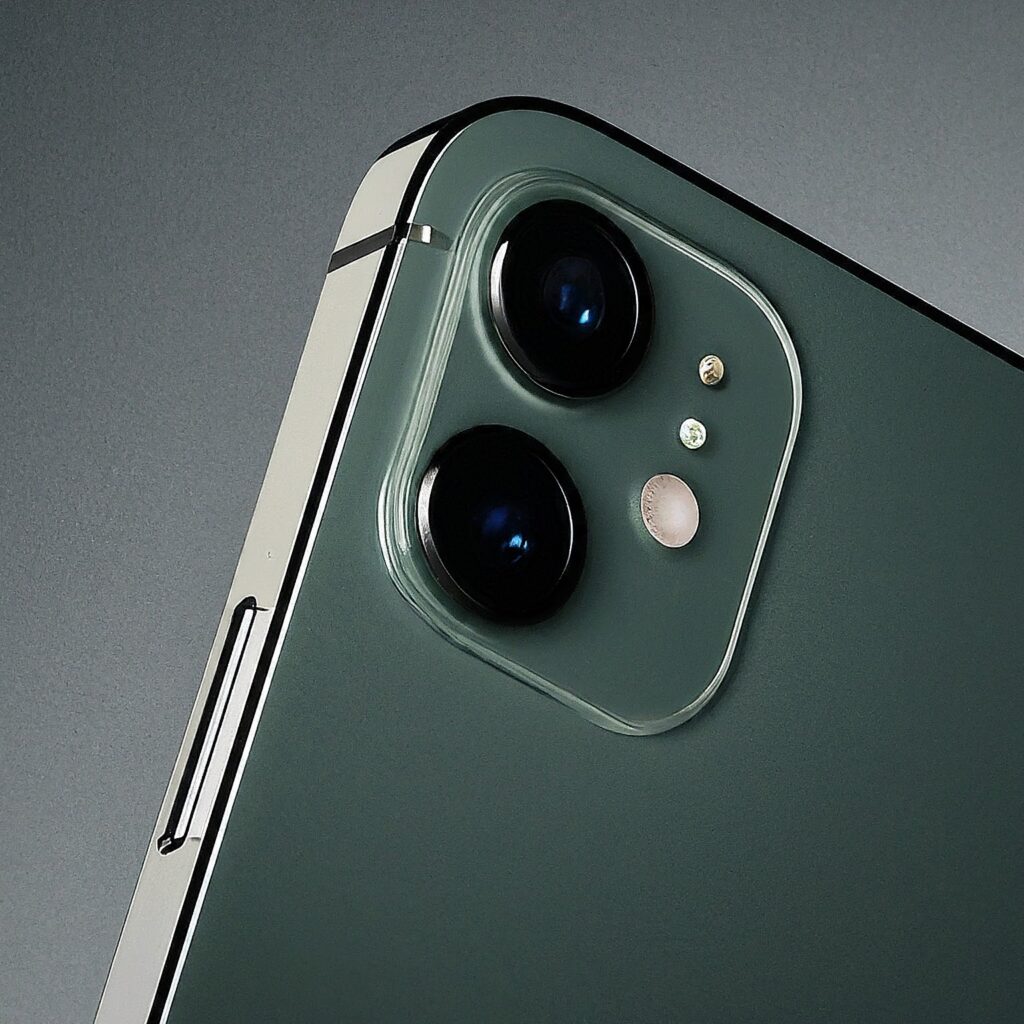
The iPhone 12 series, introduced in 2020, marked a new era with the adoption of 5G connectivity. The iPhone 12 and 12 Mini offered a range of sizes and colors, while the iPhone 12 Pro and 12 Pro Max featured advanced camera systems and LiDAR technology for improved augmented reality experiences.
The evolution of iPhone during this period was characterized by a focus on 5G connectivity, enhanced performance, and a return to a more angular design language, reminiscent of the iPhone 4.
iPhone 13 and 13 Pro: Enhancing Performance and Battery Life
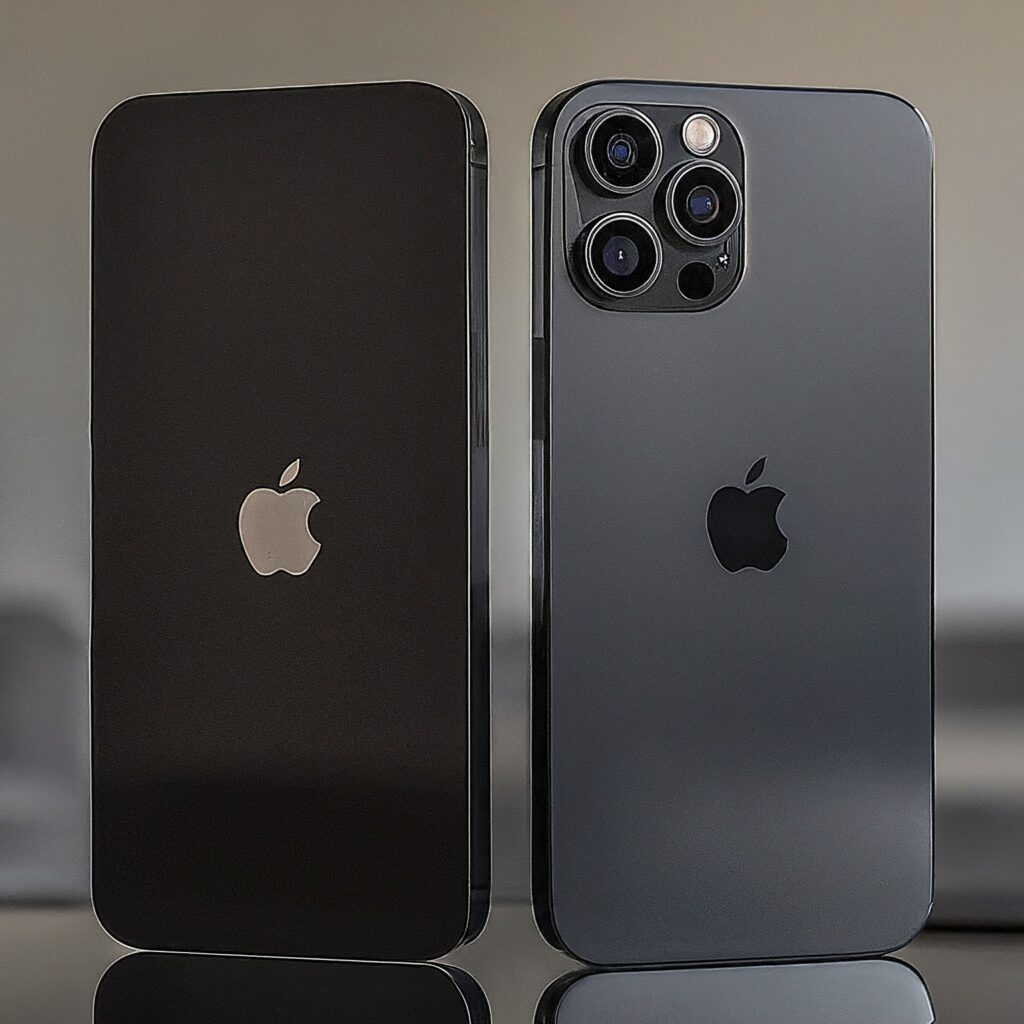
The iPhone 13 series, launched in 2021, brought improvements in performance, battery life, and camera capabilities. The A15 Bionic chip delivered faster performance and better efficiency, while the new camera systems offered improved low-light performance and cinematic video recording.
The evolution of iPhone during this period focused on refining existing features and enhancing overall user experience, demonstrating Apple’s commitment to continuous innovation.
iPhone 14 and 14 Pro: Pushing the Boundaries Further
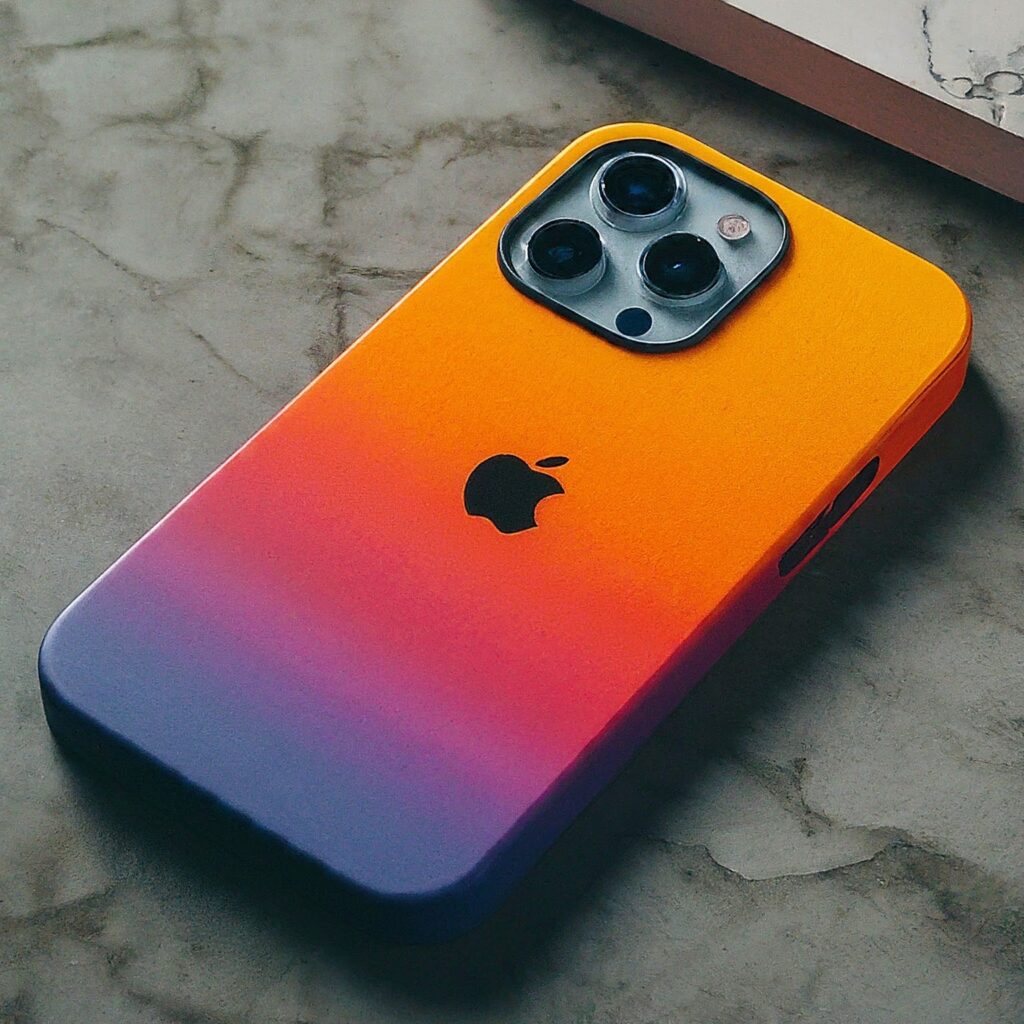
The iPhone 14 series, introduced in 2022, continued to push the boundaries of smartphone technology. The iPhone 14 and 14 Plus offered improved cameras and battery life, while the iPhone 14 Pro and 14 Pro Max introduced the dynamic island, a new design feature that replaced the traditional notch and offered a more interactive user experience.
The evolution of iPhone during this period highlighted Apple’s focus on integrating new design elements and advanced technologies to enhance user engagement and functionality.
The Future of iPhone: What Lies Ahead?
As we look to the future, the evolution of iPhone is likely to continue with advancements in artificial intelligence, augmented reality, and new design innovations. Apple’s commitment to pushing the boundaries of technology suggests that future iPhone models will offer even more exciting features and capabilities.
Emerging Technologies
The future evolution of iPhone will likely involve the integration of emerging technologies such as augmented reality (AR) and virtual reality (VR). Apple’s investments in ARKit and other AR technologies indicate a strong focus on creating immersive experiences that go beyond traditional smartphone functionality. For more on how AR is shaping the tech industry, check out this ARKit overview.
Sustainability and Environmental Impact
Another key aspect of the future evolution of iPhone will be Apple’s commitment to sustainability and reducing the environmental impact of its products. Apple’s initiatives to use recycled materials and improve energy efficiency in its devices will play a crucial role in shaping the future of the iPhone. Learn more about Apple’s environmental goals on their official site.
The Evolution of iPhone: A Reflection on Its Impact
The evolution of iPhone has been a remarkable journey, marked by continuous innovation and technological advancements. From its humble beginnings to the sophisticated devices we use today, the iPhone has transformed the way we communicate, work, and interact with technology.
A Cultural Phenomenon
The iPhone has become more than just a device; it’s a cultural phenomenon that has influenced how we live and work. Its impact on communication, entertainment, and productivity has been profound, shaping the digital landscape and setting new standards for the smartphone industry. Explore more about how the iPhone has influenced tech culture on our Tech Funky blog.
A Technological Trailblazer
As a technological trailblazer, the iPhone has set benchmarks for performance, design, and user experience. Each iteration has pushed the boundaries of what is possible, driving innovation and inspiring other manufacturers to follow suit. Discover more about the technological impact of smartphones on Tech Funky.
Looking Forward
The future evolution of iPhone promises even more exciting developments and innovations. As technology continues to advance, the iPhone will remain at the forefront of this evolution, shaping the future of mobile technology and redefining what is possible in the world of smartphones.
Frequently Asked Questions (FAQs)
1. What was the first iPhone model? The first iPhone model, introduced in 2007, was the iPhone 2G. It featured a 3.5-inch display, a 2-megapixel camera, and revolutionized the smartphone industry with its touch interface.
2. How has the iPhone evolved over the years? The evolution of iPhone has seen significant changes in design, performance, and technology. From the original iPhone’s touch interface to the latest models with 5G and advanced camera systems, each generation has introduced new features and improvements.
3. When did the iPhone 6 and 6S come out? The iPhone 6 was released in September 2014, followed by the iPhone 6S in September 2015. These models introduced larger screens and 3D Touch technology, respectively.
4. What is the significance of the iPhone X? The iPhone X, launched in 2017, marked the 10th anniversary of the iPhone and introduced a complete redesign, including a Super Retina display, Face ID, and a nearly bezel-less design.
5. How does the iPhone 12 differ from the iPhone 12 Pro? The iPhone 12 introduced 5G connectivity and a new design, while the iPhone 12 Pro offered additional features such as a LiDAR scanner and a triple-camera system, catering to users seeking more advanced photography and AR capabilities.
6. What advancements were made in the iPhone 14 series? The iPhone 14 series, introduced in 2022, continued to innovate with improvements in camera technology, battery life, and the introduction of the dynamic island feature, which replaced the traditional notch.
7. How does Apple address environmental concerns with new iPhone models? Apple focuses on sustainability by using recycled materials, improving energy efficiency, and reducing the environmental impact of its products. Learn more about these initiatives on Apple’s environmental goals page.
8. What role does augmented reality play in the future of iPhone? Augmented reality (AR) is expected to play a significant role in the future evolution of iPhone, with advancements in ARKit and other technologies creating immersive experiences beyond traditional smartphone functionality.
9. How has the iPhone impacted mobile photography? The evolution of iPhone has brought significant advancements in mobile photography, from improved camera systems to computational photography, setting new standards for smartphone imaging.
10. Where can I find more information about the latest iPhone models? For the latest updates and information about iPhone models, visit Apple’s official website or explore Tech Funky for in-depth reviews and news.
Conclusion
The evolution of iPhone is a testament to Apple’s relentless pursuit of innovation and its commitment to delivering exceptional user experiences. From the groundbreaking debut of the original iPhone to the advanced features of today’s models, the iPhone has transformed the way we communicate, work, and interact with technology. As we look to the future, we can expect the iPhone to continue pushing the boundaries of what’s possible, shaping the future of mobile technology and redefining our digital experiences.
Explore more about the evolution of iPhone and stay updated on the latest tech trends by visiting our Tech Funky blog.

